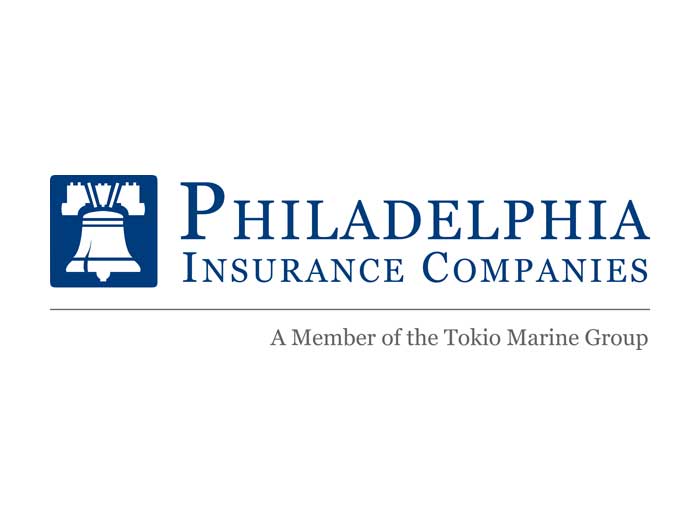Sponsored: Optum Workers' Comp and Auto No-Fault
How Optum’s Topicals Toolbox Gives Workers’ Comp Professionals Key Resources and Data to Avoid Rising Costs

In the wide world of workers’ compensation, there are many treatments used to help injured workers heal. One area that’s gaining traction is topical medications — localized creams, ointments, gels or sprays applied directly to affected areas of an injured worker’s body.
Some topicals offer added benefits compared to oral or systemic treatments. For example, topicals allow a higher concentration of an active ingredient to be delivered directly where it’s needed, often enhancing the effectiveness of the treatment.
However, topicals are considered specialty medications, and they’ve been linked to rising medical costs for payers. Some states are already addressing the price issue, while others are just beginning to grapple with its effects. This can make the waters murky for workers’ comp personnel who are trying to manage claims and help injured workers heal across state lines.
“Claims adjusters and case managers often handle a high volume of claims across multiple jurisdictions,” said Kevin Tribout, VP of public policy & regulatory affairs at Optum Workers’ Comp and Auto No-Fault. “They may not have time to research or fully understand the specific requirements for a particular type of topical treatment in each jurisdiction.”
Optum gets this. It’s why the team has created its Optum Topicals Toolbox to educate and inform workers’ comp professionals on topical usage, costs and the regulatory landscape they may face when these medications are deemed necessary.
The Optum Topicals Toolbox

Kevin Tribout, VP of Public Policy & Regulatory Affairs, Optum Workers’ Comp and Auto No-Fault
“Our toolbox is designed to provide a comprehensive set of resources and solutions related to topical medication,” shared Teriann Scarantino, senior policy analyst, public policy & regulatory affairs at Optum. “It aims to support health care providers, patients and other stakeholders in making informed decisions and optimizing the use of topical treatments.”
The Optum team took the time to do extensive research and review of the topical medications available today, then consolidated this information to create the toolbox, which launched in April of this year.
The end goal is to guide payers on best practices for topicals, taking into consideration states’ treatment guidelines and the products’ cost and effectiveness.
“We’ve gained a historical perspective on the progress made and challenges this field faces,” Scarantino said. “The toolbox is a product of the Optum team’s ongoing work to monitor and track state-specific issues and trends related to topical medications and assist clients in understanding and navigating them.”
This is a great resource to have, especially because the past few years have seen topical prescriptions rise — something that directly impacts workers’ compensation costs.
The Regulatory Impact

Teriann Scarantino, Senior Policy Analyst, Public Policy & Regulatory Affairs, Optum Workers’ Comp and Auto No-Fault
Some states are addressing the rise in topicals in real time. According to Adam Fowler, manager, public policy & regulatory affairs at Optum, they are primarily using two main regulatory avenues: reimbursement restrictions and prior authorization.
“The most common approach has been enacting caps on the amount that can be reimbursed for these medications,” he said. Several states have already done so — including South Carolina, Michigan and Colorado, to name just a few.
They are doing this because of the high costs associated with topicals. As Tribout explained, “If a standard medication costs $20 for a 30-day supply and a topical cream costs $2,000 for the same duration, the cost of managing claims and medical expenses increases dramatically when multiplied by the number of injured workers.
“This is especially true if a particular physician is prescribing a high volume of these topicals,” he said.
Current trends in topicals and specialty medications are mixed among the states; some are already addressing the issue, while others grapple with the cost-driving nature of them. These trends are indeed state-specific, and therefore require a watchful eye.
“We regularly engage with policymakers, especially on the workers’ compensation side, through various organizations that we belong to. This engagement allows us to stay informed about the latest developments and adapt our strategies accordingly,” Scarantino said.
The landscape surrounding specialty medications, which includes topicals, is constantly impacted by external processes, whether that be shifting provider practices, changing policies or similar issues. The Optum Topicals Toolbox aims to keep pace with these changes so that it can provide updated info for each jurisdiction.
The Optum team takes it one step further to better educate prescribers on the high costs and impact as well.
Checking In with the Pharmacists

Adam Fowler, Manager, Public Policy & Regulatory Affairs, Optum Workers’ Comp and Auto No-Fault
When a state implements a treatment guideline, the Optum public policy team informs its operational and clinical teams immediately, all in an effort to provide up-to-date information and plan ahead.
“Treatment guidelines serve as a framework for physicians when prescribing medications, aiming to keep them within recommended boundaries,” said Tribout. “In states without utilization or treatment guidelines, it falls upon the clinical pharmacist and operational staff to monitor claims for our clients.”
If a pharmacist deems these high-cost topicals medically necessary, “we engage in a dialogue with prescribing physicians to understand their rationale for choosing the higher-cost medication over the lower-cost alternative,” Tribout said.
That’s where the Optum clinical team shines — by giving prescribing physicians the tools they need to make informed decisions.
“Our clinical team uses its expertise to make judgments on a case-by-case basis, considering the unique circumstances of each claim,” Tribout said. This helps guarantee that topicals are only being administered when absolutely necessary. And when they are determined to be the treatment of choice, the team steps in to make sure it’s done effectively.
“Throughout the process, they maintain open communication with all stakeholders, including patient, physician and payer, to ensure transparency and collaboration in making the most appropriate decision,” Fowler said.
Opening Up the Toolbox
Optum has been involved in the workers’ compensation space for over 45 years, so the team is well-versed in the biggest trends impacting the space — like the regulatory landscape surrounding topicals.
“We work to stay informed about the ever-changing landscape of workers’ compensation and auto insurance. By keeping abreast of new regulations and trends, we can better serve our clients and adapt our services to meet their evolving needs,” Fowler said.
The Optum Topicals Toolbox is one way the team follows through on that promise.
This wealth of information readily available for clients’ use provides relevant data and trends surrounding topicals and saves valuable time because clients don’t have to do the research — Optum already has.
“Moreover, the historical and nationwide scope of our data can bring a level of comfort to our clients. They are not alone in facing these issues or questioning certain aspects of their operations,” said Tribout.
“Our research goes a step further by providing in-depth insights into how these solutions work in practice. This enables our clients to make informed decisions and implement effective strategies with confidence.”
To learn more about the Optum Topicals Toolbox, visit: https://workcompauto.optum.com/content/owca/owca/en/resources/topicals-toolbox.html.
This article was produced by the R&I Brand Studio, a unit of the advertising department of Risk & Insurance, in collaboration with Optum Workers’ Comp and Auto No-Fault. The editorial staff of Risk & Insurance had no role in its preparation.










